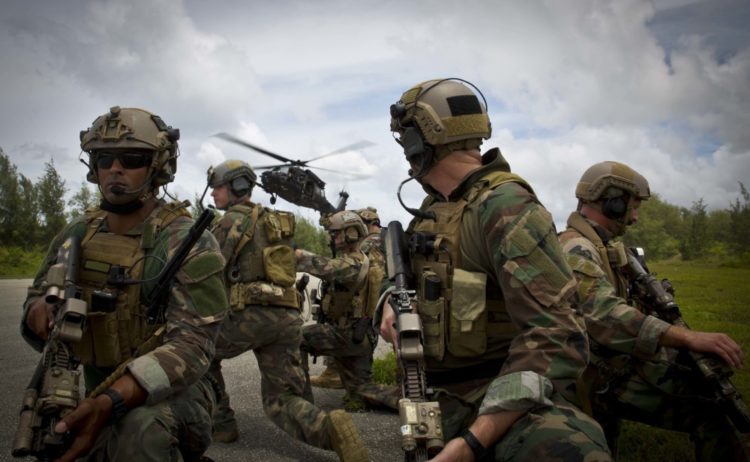Proxy warfare isn’t a new concept. It has been used since ancient times. More recently, the British used it quite successfully during the Dhofar War in Oman in the early 1970s. Special Air Service (SAS) operators trained, advised, and, perhaps, accompanied Yemeni dissenters in cross-border operations deep inside Yemen.
Another example—this time of active proxy warfare—can once again be seen in Yemen. The Yemeni Civil War, which began in 2015, is essentially a bloody struggle for influence between Iran, which is supporting the Houthi rebels, and a coalition of Sunni nations led by Saudi Arabia and the United Arab Emirates (UAE), which is supporting the Yemeni government.
The Center for Strategic and International Studies (CSIS), an influential American think tank, has produced a thought-provoking study on the merits and complexities of utilizing non-state actors as proxies for conducting counterterrorism (CT) operations in places where host-nation governments are reluctant to fully comply with U.S. interests.
The author, Brian Katz, argues that non-state actors, such as militias, offer a more effective CT force to combat terrorist groups. He cites the cases of Mali, Libya, and Syria to buttress his assertion. In Libya, for instance, the indecision and division among the pro-Western factions that overthrew Colonel Gaddafi allowed al-Qaeda and the Islamic State (IS) to gain ground. Katz further asserts that proxy CT forces cost less than conventional counterterrorism forces and could be useful as an emergency option.
For example: Empowering and working through the Kurds once the danger of ISIS first became evident would have been more effective than relying on the Iraqi government to battle the terrorist onslaught, which came close to reaching Bagdad at its peak in the summer of 2014. But their long-term usefulness is questionable.
Another benefit of proxy CT forces is that they don’t require a significant American signature to be effective. As the Niger ambush revealed, there are hundreds of U.S. commandos throughout Africa working with and through partner nations and groups to combat terrorism.
Katz concludes, “Conducting CT campaigns by empowering non-state proxies poses unique challenges and dilemmas for Western policymakers, with limited options to secure swift CT wins without stoking local tensions and conflict. Simply put, policymakers must weigh the need to attack and degrade a terrorist group against the risk of long-term instability and potentially creating the conditions for the next iteration of the terrorist group to emerge.”
Judging from previous experience, American policymakers tend to favor approaches that result in gratifying short-term results, often to the detriment of sustainability in both the area of operations (AO) and the force used. For instance, the overreliance on special operations forces (SOF) for close to two decades has left deep scars on the community. Units such as the 75th Ranger Regiment and the Special Forces groups are both facing significant recruiting and retention challenges.
You can read the full study here.
Already have an account? Sign In
Two ways to continue to read this article.
Subscribe
$1.99
every 4 weeks
- Unlimited access to all articles
- Support independent journalism
- Ad-free reading experience
Subscribe Now
Recurring Monthly. Cancel Anytime.









